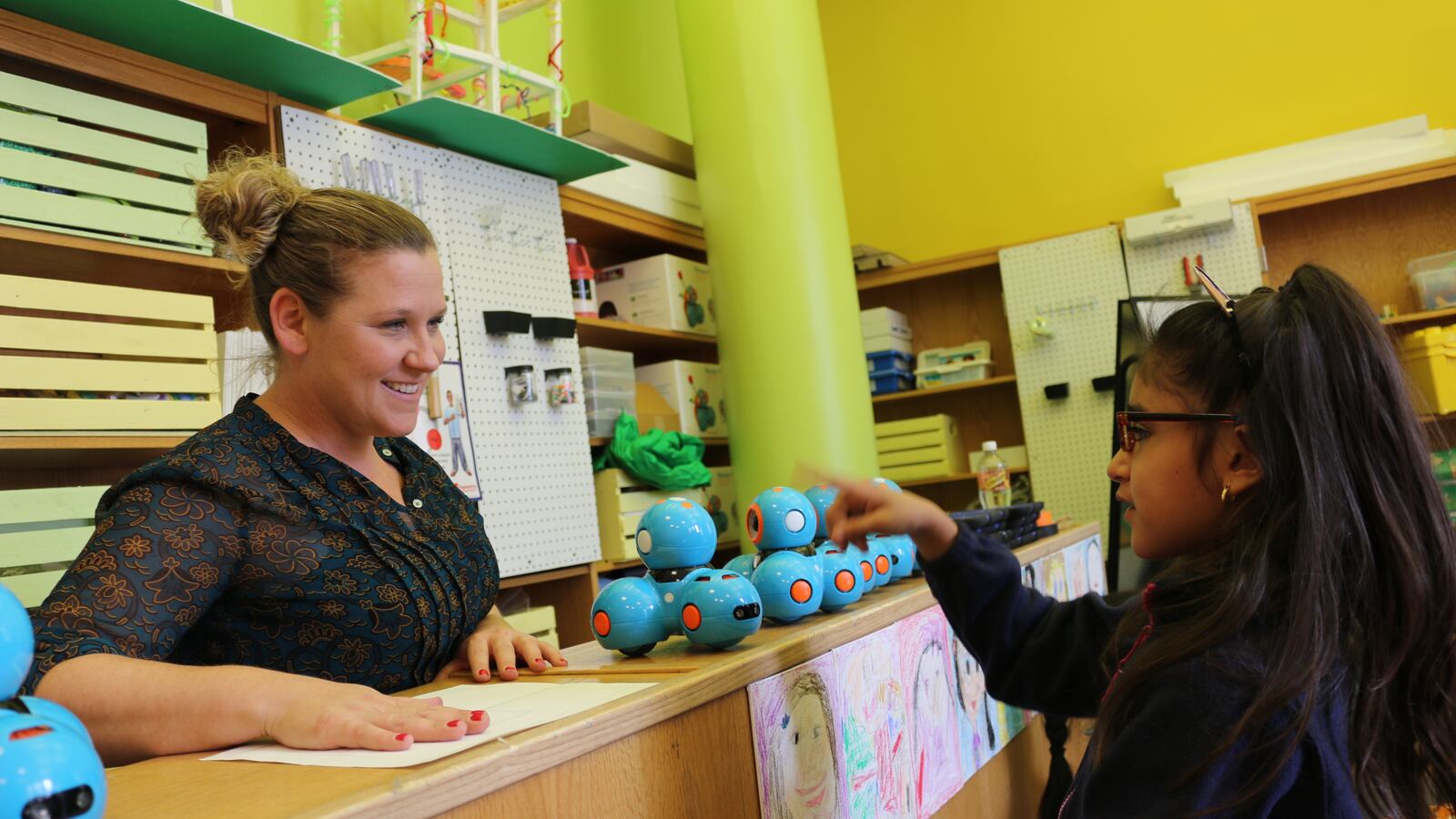A school integration plan launched in Manhattan’s District 1 showed early signs of progress, according to data released Thursday by the education department.
Seven of the district’s 16 elementary schools met their targets for offering a more diverse group of students admission. If families accept those offers, it would mean three more of the district’s schools fall within the city’s goals than before the plan was implemented.
More progress was made when it comes to offering admission to a similar share of students with disabilities across all schools. All but one school — East Village Community School — met their goals.
The goal is for all elementary schools to enroll a share of needy students — those who are homeless, living in poverty, or still learning English — that is close to District 1’s average of 67 percent. Before the integration plan was implemented, only four elementary schools in the district fell within that range.
The district also wants schools to admit a similar proportion of students who have special needs: between 9 and 29 percent.
But large disparities remain among schools. At the Neighborhood School, only 38 percent of offers went to needy students, compared with 81 percent of offers at Franklin D. Roosevelt. East Village Community school only offered 7 percent of seats to students with disabilities. At the STAR Academy, it was 25 percent.
“There was no belief that, in one year, this was going to transform everything,” said Matt Gonzales, who supports school integration work through the nonprofit New York Appleseed. “So it sounds like there’s been some shifts and that’s a really positive development.”
District 1 is the first place where the city is trying to integrate elementary schools across an entire district. The stakes for the trial are high: Encompassing the Lower East Side, East Village and a sliver of Chinatown, the district is widely seen as a potential model for other integration plans that are in the planning stages.
The numbers released Thursday only reflect admissions offers made. Parents still have to accept them. But they could also decide to send their children elsewhere, meaning the student enrollment could ultimately be different.
“If this was enrollment, I would be high-fiving everyone,” said Naomi Peña, the president of the local Community Education Council who has been an outspoken advocate for the district’s integration plans. “I think the real meat and potatoes is the actual registration.”
Districts across the city, including District 15 in Brooklyn, are developing their own proposals to spur more school diversity. So far, District 1 — a small, diverse neighborhood where all of the elementary schools are unzoned — is the only place where the city has moved forward after years of advocacy from parents.
Under the new admissions model, needy students receive priority for a portion of seats in the incoming kindergarten and pre-K classes at every school. It is coupled with an on-the-ground effort to make schools more welcoming to families of all backgrounds, and encourage parents to consider schools they may have shunned in the past. That work has been seen as crucial to making the plan work, since parents still have to choose where to send their children.
Another test of the model will come later this spring, when offers for pre-kindergarten admissions go out.
The education department says progress is being made in other elementary schools across the city that have pursued their own integration efforts through the Diversity in Admissions program. Most of the dozen schools in that program met their targets for the upcoming year, according to data released by the education department.
Similar to the efforts in District 1, schools that opt in to the program reserve a portion of their open seats for needy students. The Diversity in Admissions program, though, is school-by-school, not district-wide, and participating schools set their own enrollment goals. Some aim to admit more students who are in the child welfare system or have incarcerated parents, with targets ranging from 20 percent of students to 75 percent.
“I am excited to build on the progress we’ve made,” outgoing schools Chancellor Carmen Fariña said in a statement.

